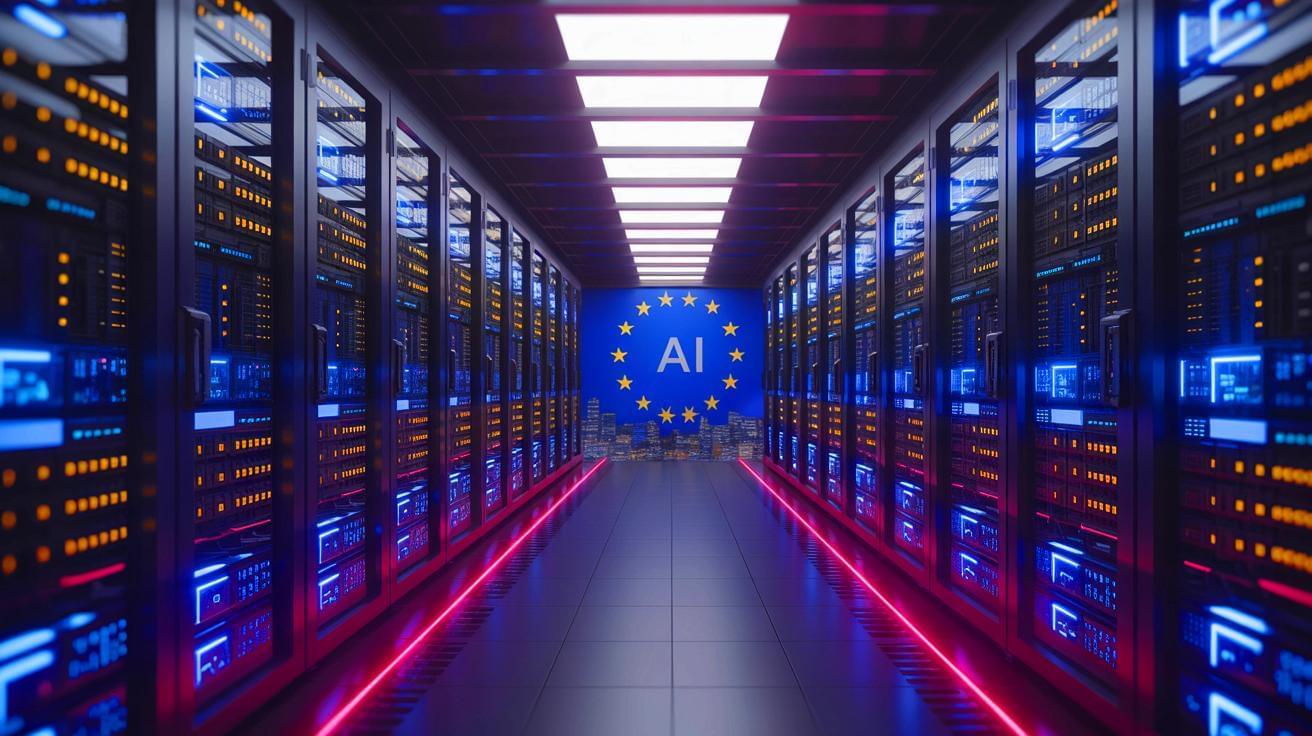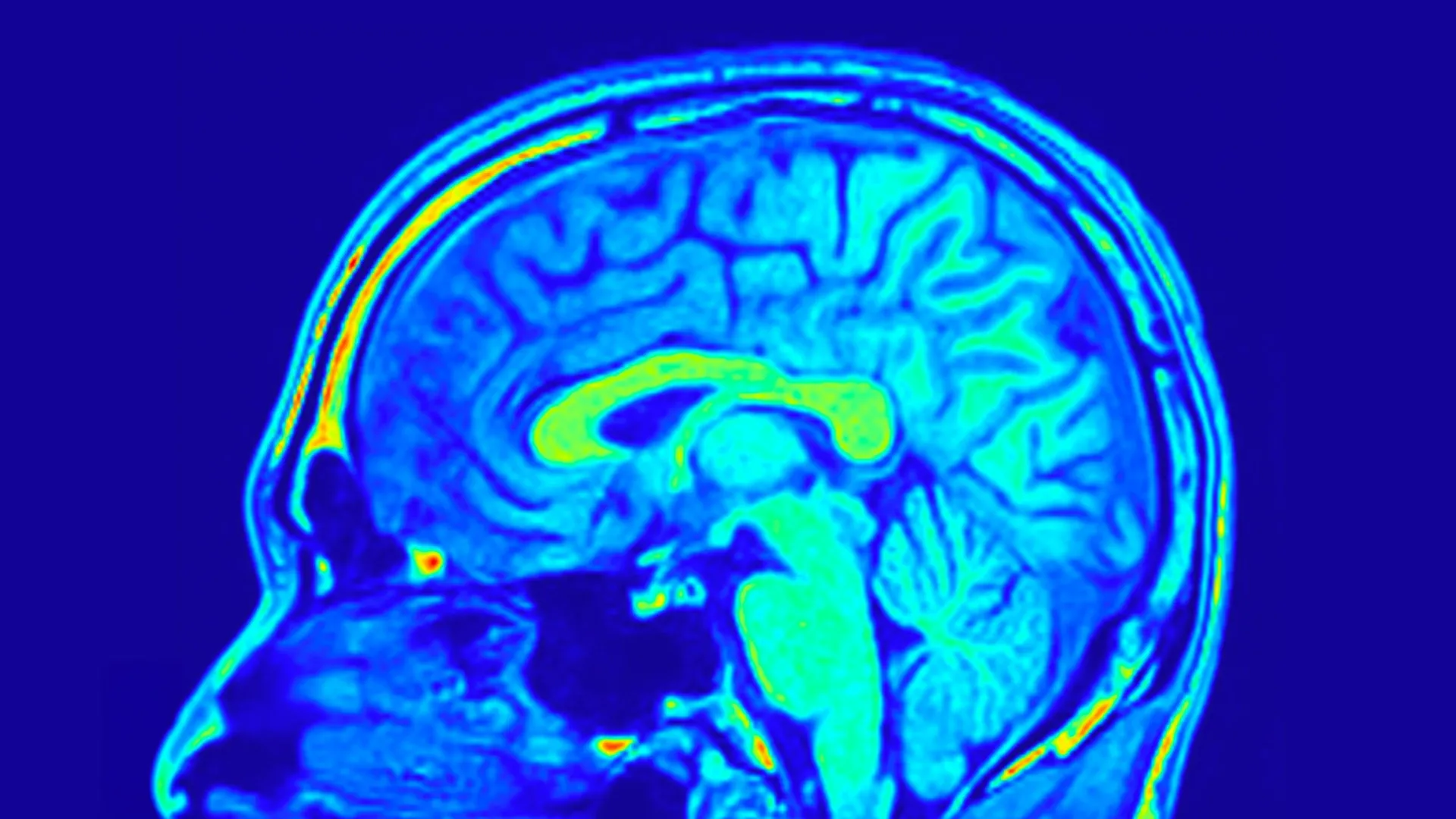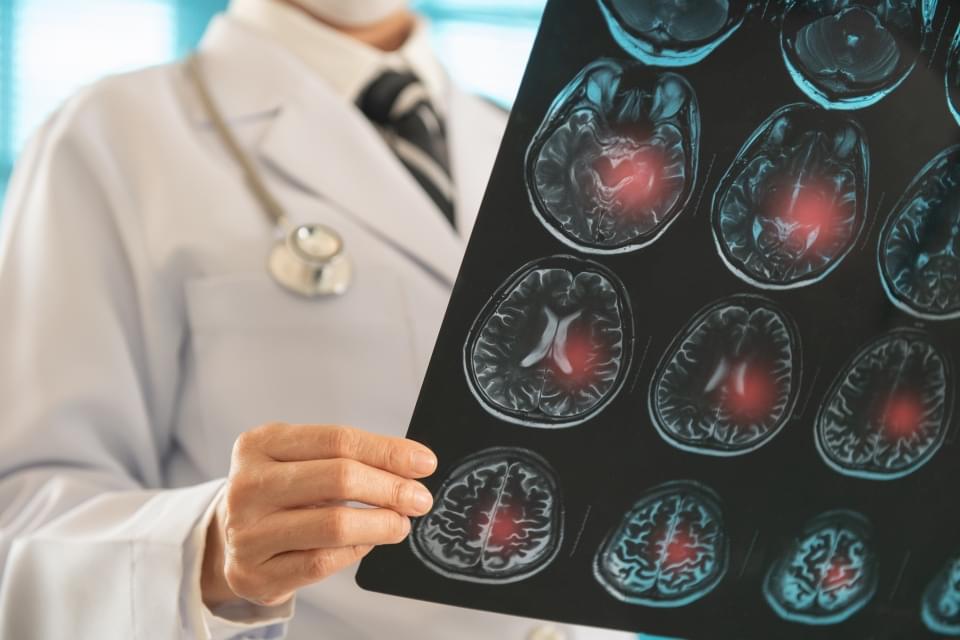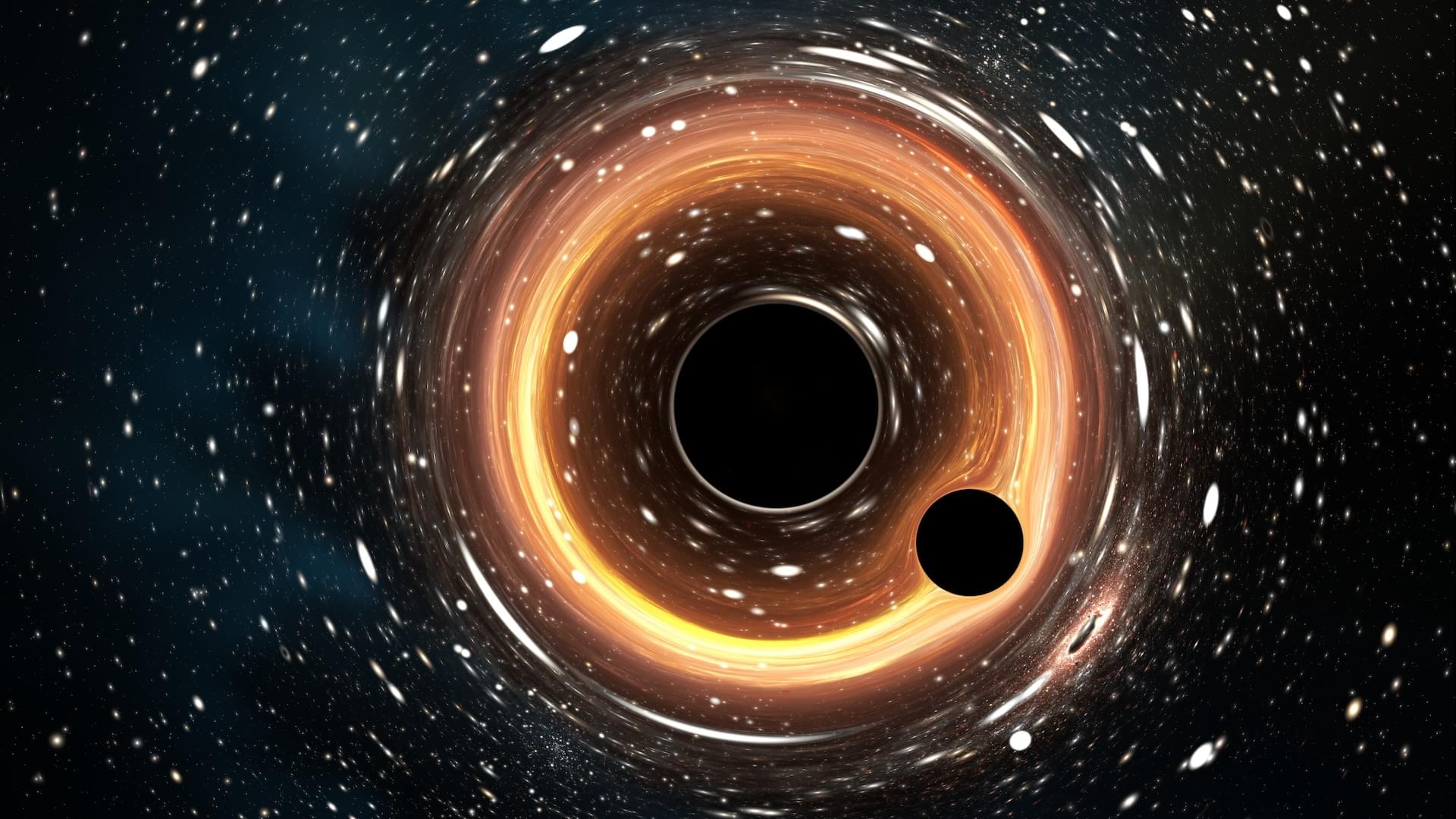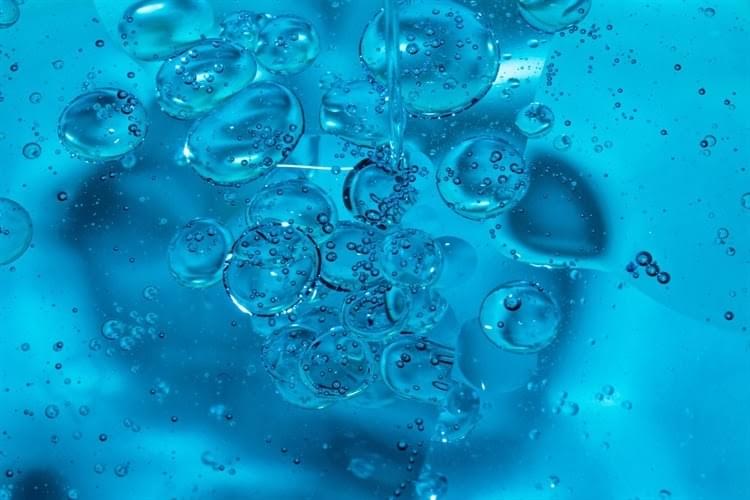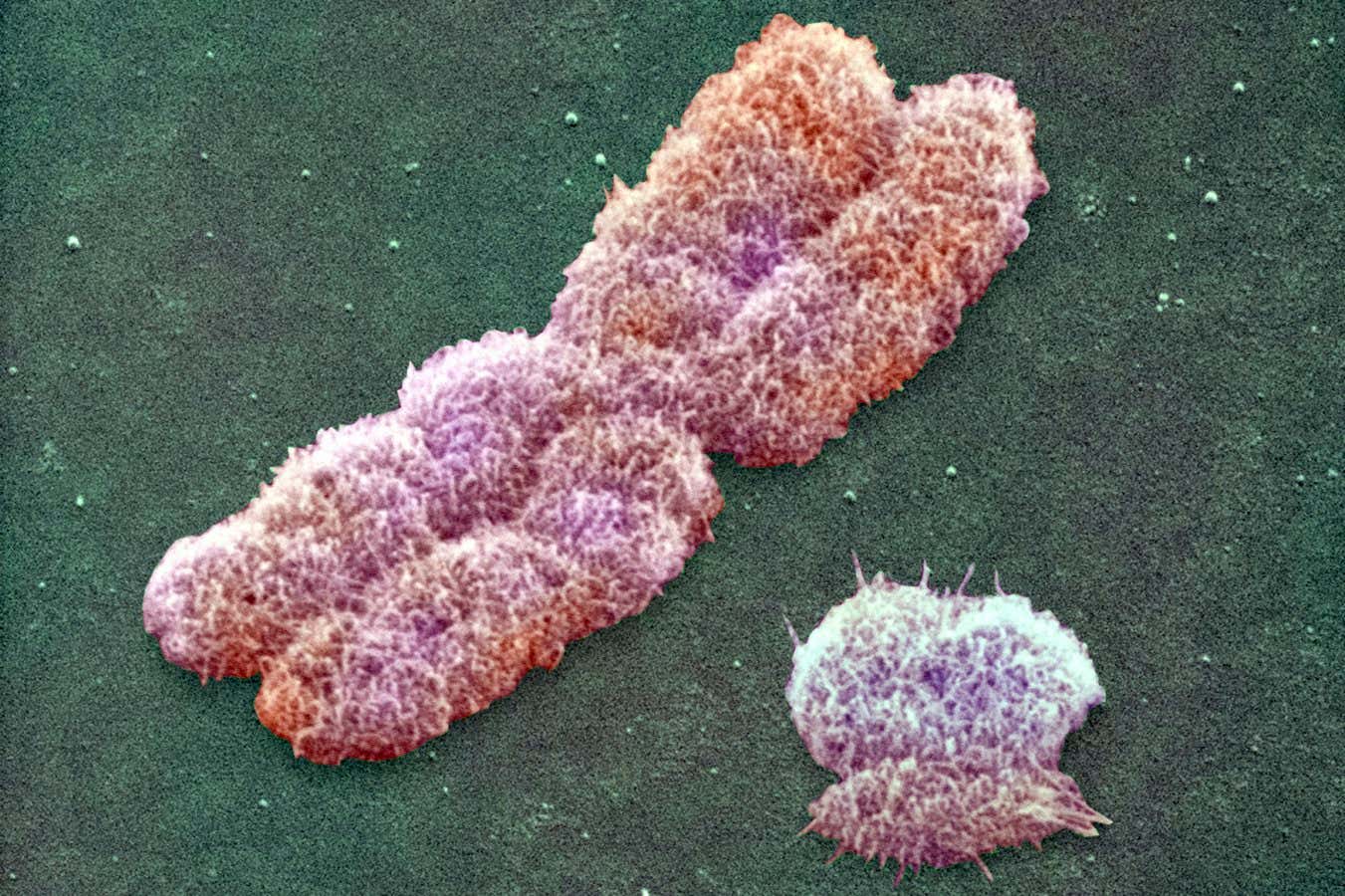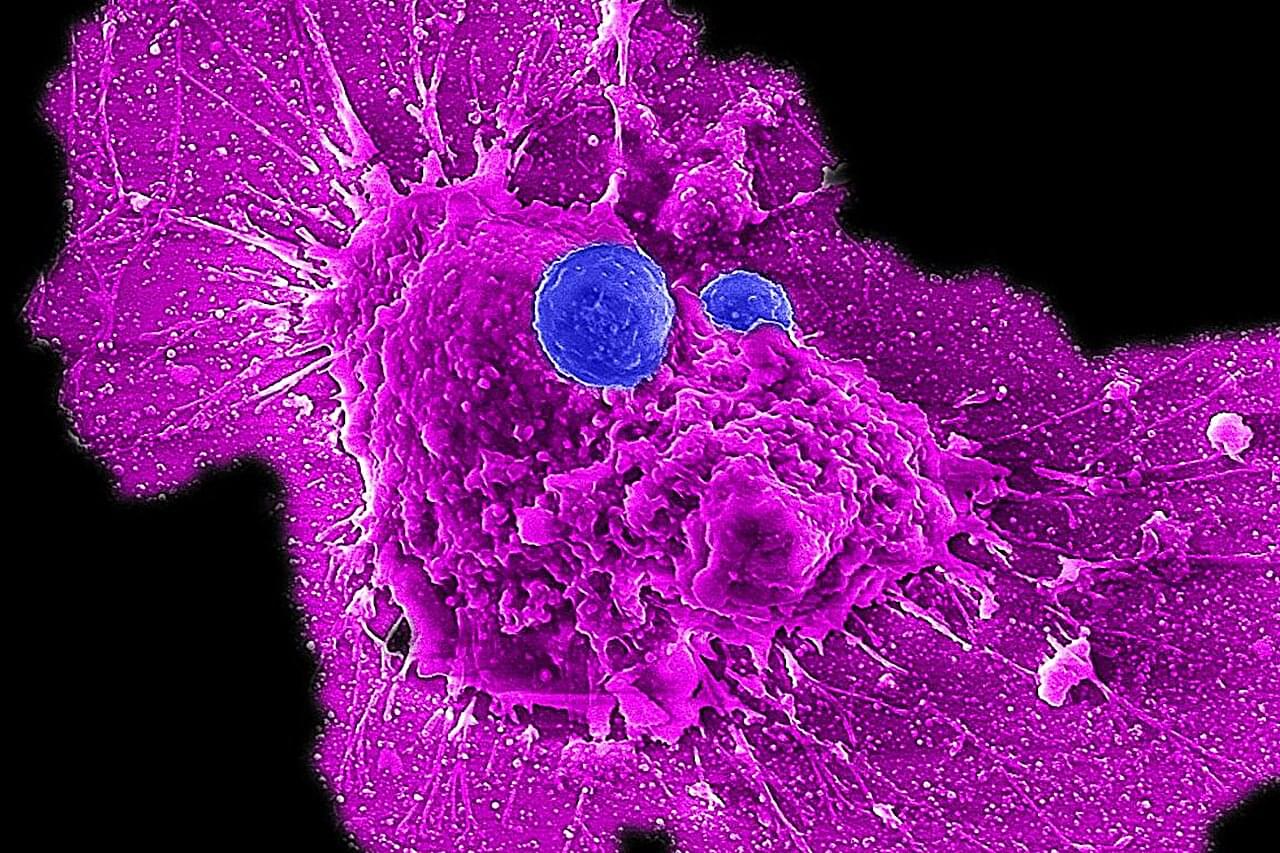A public‑private partnership between Commonwealth Fusion Systems (CFS), the U.S. Department of Energy’s (DOE) Princeton Plasma Physics Laboratory (PPPL) and Oak Ridge National Laboratory has led to a new artificial intelligence (AI) approach that is faster at finding what’s known as “magnetic shadows” in a fusion vessel: safe havens protected from the intense heat of the plasma.
Known as HEAT‑ML, the new AI could lay the foundation for software that significantly speeds up the design of future fusion systems. Such software could also enable good decision‑making during fusion operations by adjusting the plasma so that potential problems are thwarted before they start.
“This research shows that you can take an existing code and create an AI surrogate that will speed up your ability to get useful answers, and it opens up interesting avenues in terms of control and scenario planning,” said Michael Churchill, co‑author of a paper in Fusion Engineering and Design about HEAT‑ML and head of digital engineering at PPPL.


